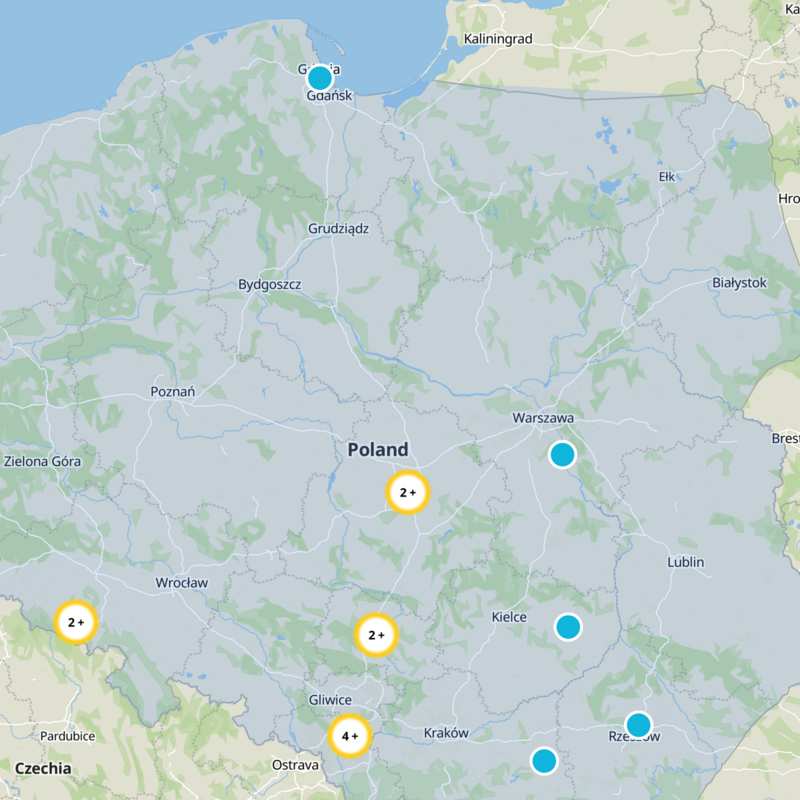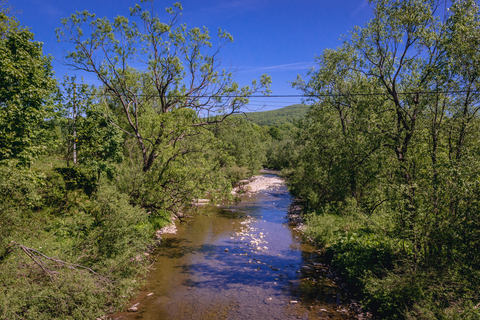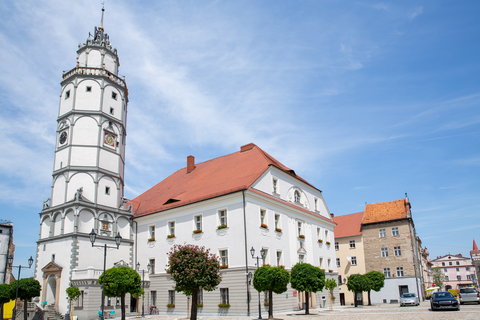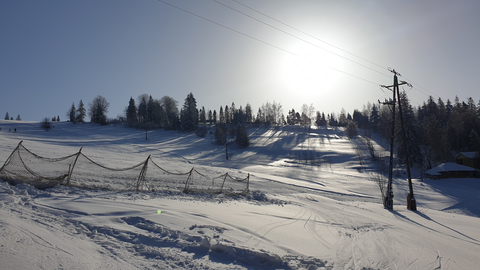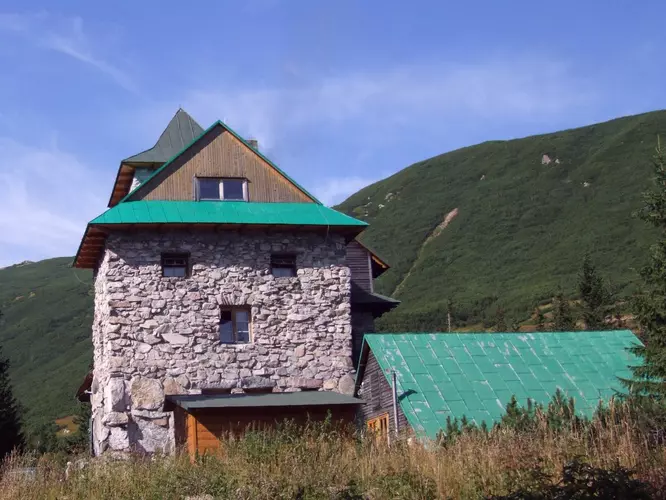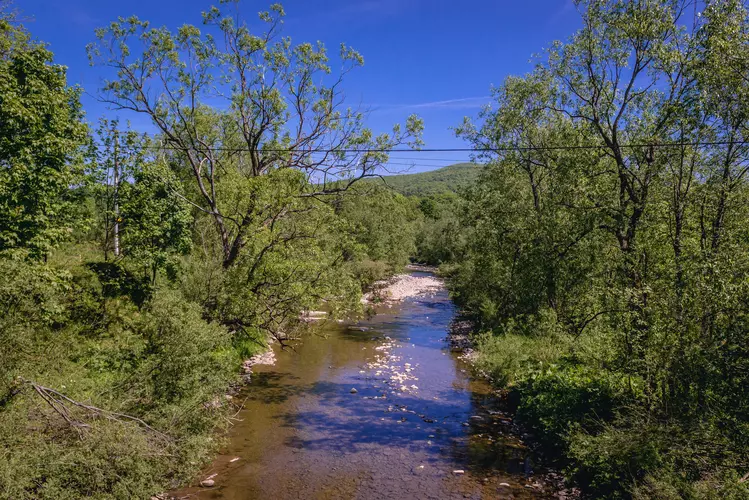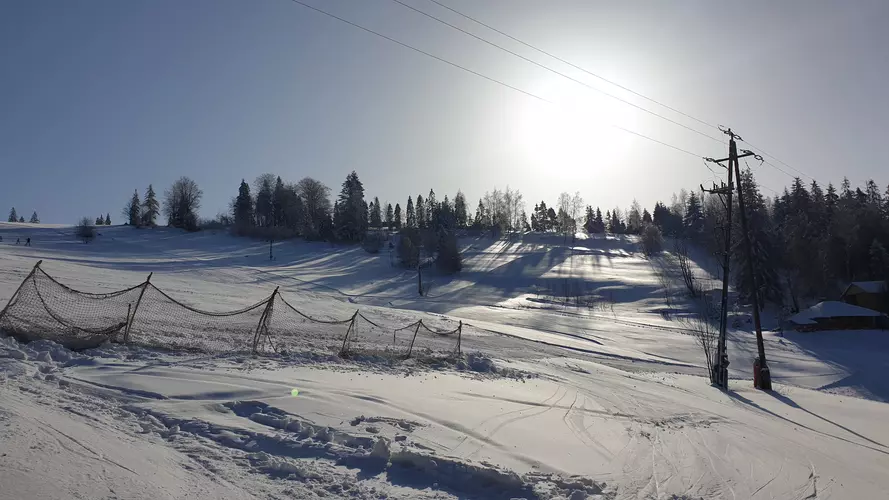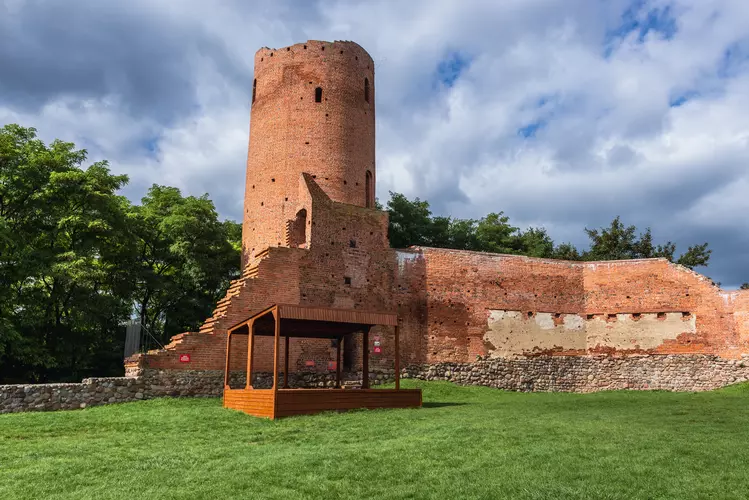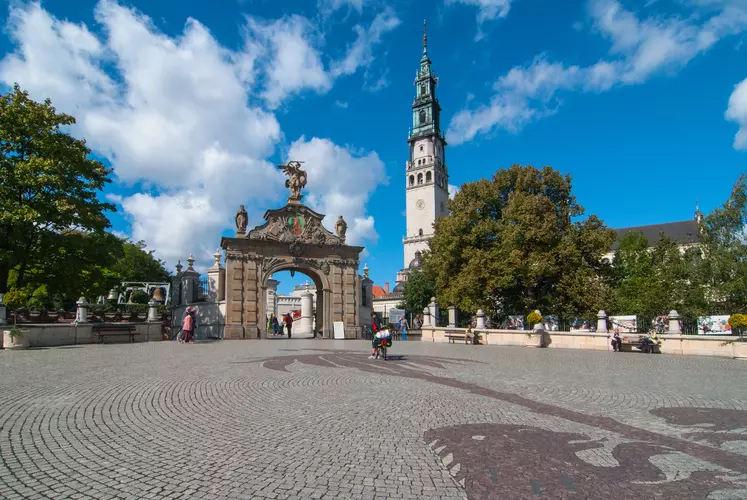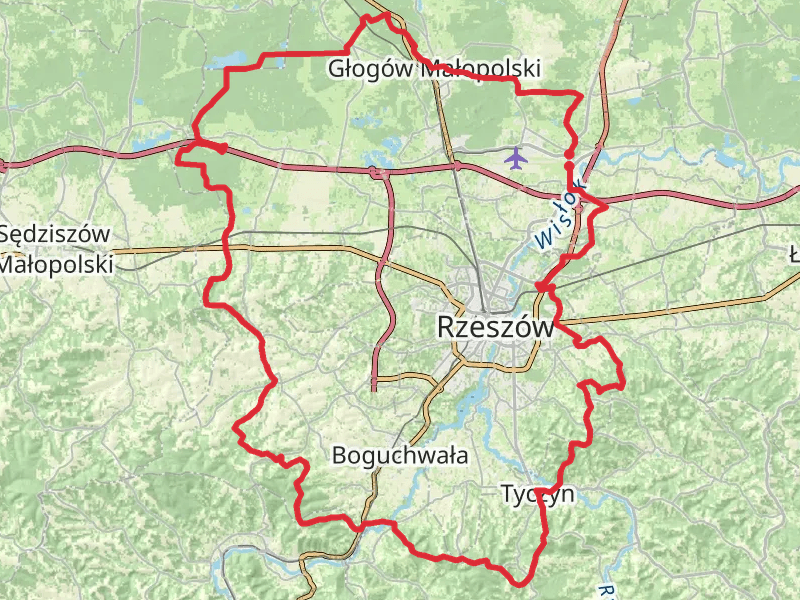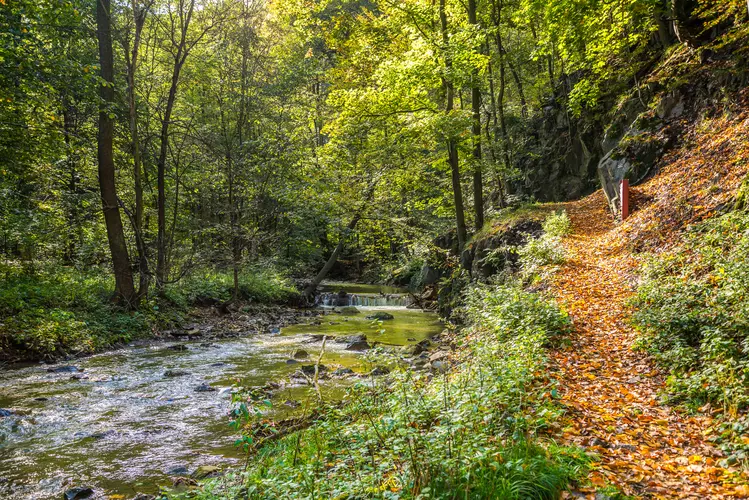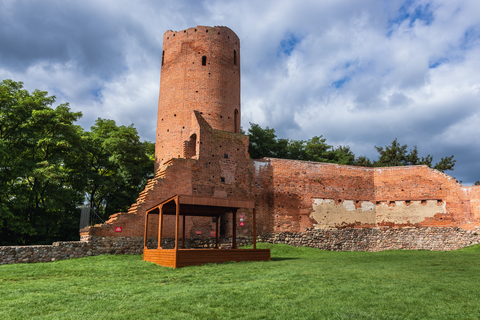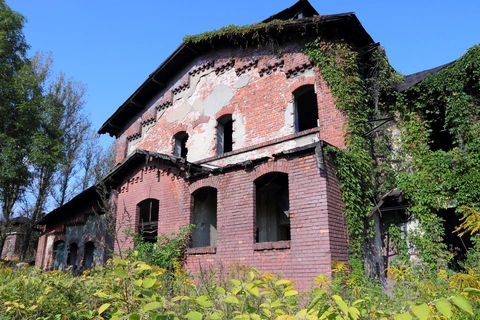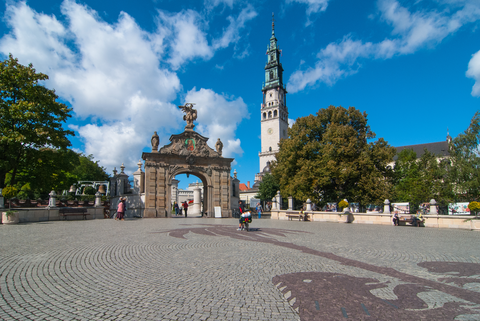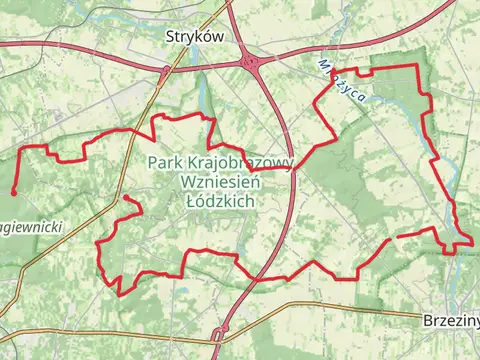"Explore Poland's captivating trails through mystical mountains, serene forests, and charming villages."
Poland offers a diverse tapestry of hiking experiences, from the rugged peaks of the Tatra Mountains to the serene beauty of Białowieża Forest. Traverse the breathtaking trails of Karkonosze, where mystical landscapes and cascading waterfalls await. Discover the enchanting Bieszczady Mountains, perfect for solitude seekers. Each trail unveils Poland's rich history and vibrant nature, inviting hikers to explore charming villages, ancient castles, and lush valleys. Embrace the adventure and let Poland's trails captivate your spirit.
Most popular hikes
FAQs about hiking in Poland






